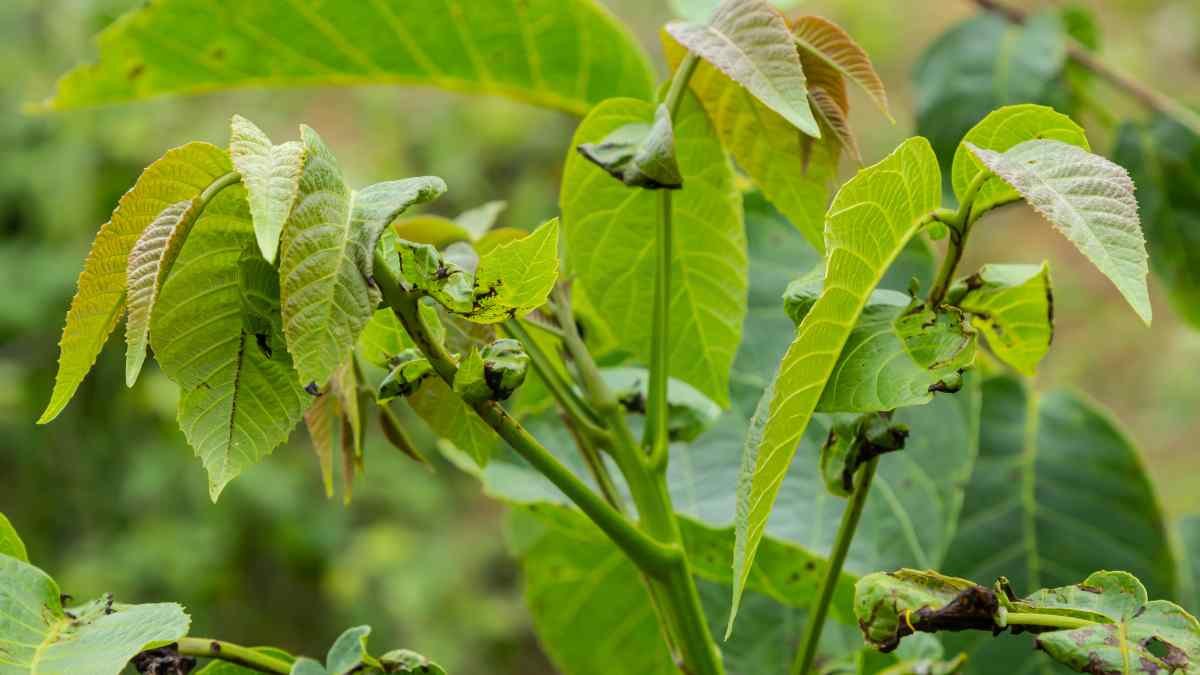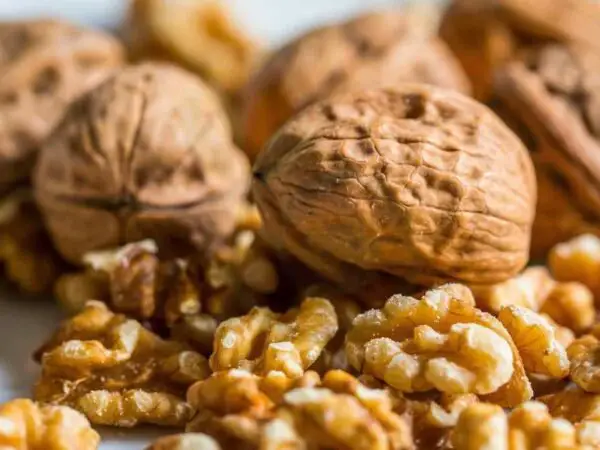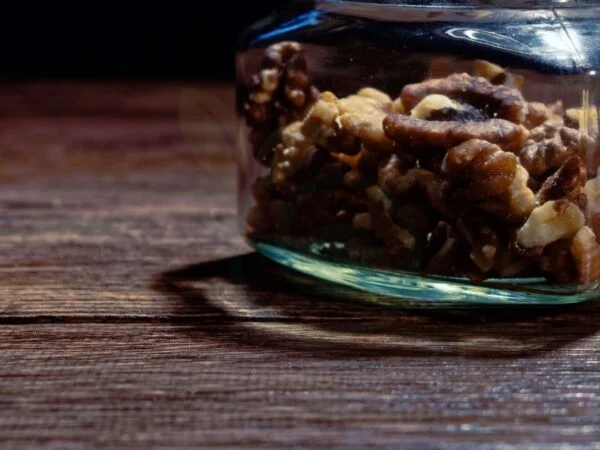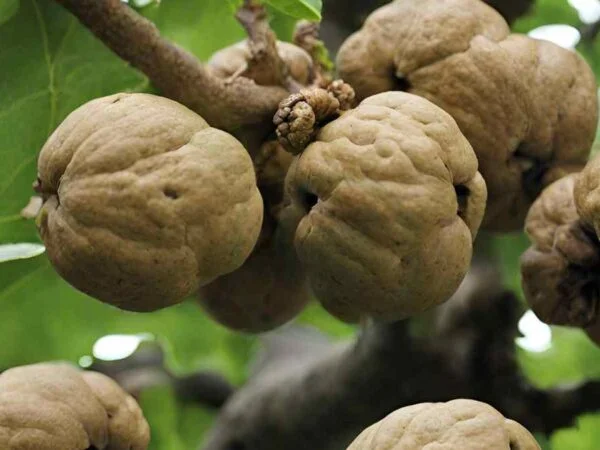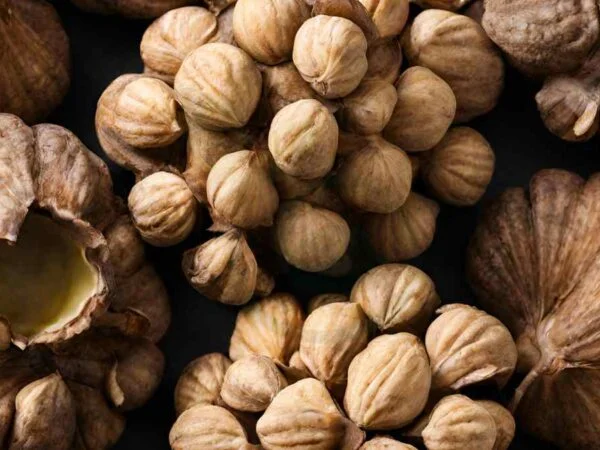Curious about when black walnuts are ready to harvest? Knowing the perfect timing is key to enjoying their rich flavor. Harvesting too early can lead to bitterness, while waiting too long may result in spoilage. By understanding the signs of ripeness, you can ensure a bountiful and delicious yield. Stay tuned as we delve into the nuances of determining the ideal moment to gather these prized nuts.
Key Takeaways
- Look for signs of ripeness like a change in color and the husk splitting to determine when black walnuts are ready to harvest.
- Use proper harvesting techniques to collect the ripe walnuts, ensuring they are not damaged during the process.
- Efficiently remove the husks from the harvested walnuts to prepare them for further processing.
- Follow suitable techniques, using a hammer or vise, to crack open the unshelled walnuts, making them ready for consumption.
- Prepare the cracked walnuts for eating by incorporating them into various dishes or enjoying them as a snack.
- Implement effective storage solutions to preserve the harvested black walnuts for an extended period.
Signs of Ripeness
Color Change
Look for a shift in the color of the outer husk to determine the black walnut's ripeness. This change signals that the fruit is ready to be picked. A distinct alteration in color indicates the walnut's maturity.
Husk Softening
Check for the softening of the outer husk as a key indicator of ripeness. When the husk starts to soften, it signifies that the walnut is ripening. Harvest the walnuts when the husk is soft to touch but still remains green.
Ground Fall
Monitor the ground beneath black walnut trees for any fallen nuts. The presence of nuts on the ground indicates that they have reached maturity and are ready to be picked. It is essential to collect these nuts promptly to prevent spoilage.
Harvesting Techniques
Manual Collection
Gather mature black walnuts manually, either from the tree or ground, ensuring careful handling to prevent damage. Handpick each nut individually to maintain quality.
Safety Gear
Prioritize safety by wearing protective gloves and eyewear during the harvesting process. These precautions minimize risks of injuries while collecting black walnuts.
Timing Matters
Consider the optimal time for harvesting black walnuts, typically late September to early October, for the best results. The timing directly impacts the quality and flavor of the nutmeat.
Husk Removal
Manual Methods
Harvest black walnuts using manual techniques to ensure the selection of mature nuts. Handpicking allows for a careful process, maintaining nut quality.
Utilize manual methods to remove the green husks surrounding the walnuts. This hands-on approach guarantees that only fully ripened nuts are collected.
Mechanical Tools
For efficient walnut harvesting, consider employing mechanical tools to expedite the process. These aids can significantly speed up the collection of black walnuts.
Select appropriate mechanical tools based on the scale of harvesting you are undertaking. Different tools cater to various sizes of walnut orchards or individual trees.
Processing Unshelled Walnuts
Cleaning Nuts
- Clean harvested walnuts by removing debris and husk residue for optimal processing.
- Washing the nuts is essential to enhance their appearance and overall quality.
- Ensure a thorough cleaning process to prepare the walnuts for further processing efficiently.
Drying Process
- Begin the drying process immediately after harvesting to maintain nut freshness.
- Opt for well-ventilated areas during drying to prevent mold growth and ensure high-quality walnuts.
- Proper drying techniques are crucial in preserving the nutritional value of the black walnuts.
Cracking Techniques
Hand Tools
Hand tools are essential for cracking black walnuts efficiently. These tools offer precision and control during the cracking process. Opt for sturdy and sharp hand tools to ensure effective nut cracking without damaging the kernels.
Mechanical Crackers
For large-scale nut cracking operations, mechanical crackers are highly recommended. These machines provide speed and efficiency in processing a significant quantity of nuts. It is crucial to select reliable mechanical crackers to achieve consistent and uniform cracking results.
Preparing for Eating
Soaking Methods
Implement soaking methods to ease nutmeat extraction. Soaking softens the shells, making nut cracking simpler. Optimal soaking times significantly improve nutmeat retrieval efficiency.
Roasting Basics
Understand the fundamentals of roasting black walnuts. Roasting enriches the flavor and aroma of the nutmeat, enhancing its taste. Follow recommended roasting temperatures to achieve the best results.
Effective Storage Solutions
Temperature Control
Maintain proper temperature control during roasting to ensure optimal results. Consistent temperatures are key for even roasting, enhancing the flavor of the black walnuts. Monitor temperature variations closely to achieve high-quality roasted nutmeat.
Container Types
When selecting containers for storing harvested black walnuts, opt for airtight containers. This choice helps in preserving the freshness and flavor of the nuts over time. Consider the quantity of nuts harvested to determine suitable container sizes for storage.
Farm Harvesting Insights
Large Scale Collection
Plan strategies for large-scale black walnut collection. Efficient collection methods are essential for bulk harvesting. Organize logistics for streamlined large-scale operations.
- Implement teamwork to cover vast areas efficiently.
- Utilize machinery like sweepers to gather nuts quickly.
- Schedule harvesting during optimal weather conditions for better results.
Equipment Use
Familiarize yourself with equipment for walnut processing. Proper equipment usage ensures efficient nut cracking and extraction. Regular maintenance of equipment prolongs their lifespan.
- Essential tools include nut pickers and huskers.
- Invest in quality nutcrackers for effective shell removal.
- Consider using conveyor belts for continuous processing flow.
Seasonal Considerations
Best Harvest Time
Harvest black walnuts when the husk feels soft and the nut inside is fully developed. This timing ensures the highest-quality nutmeat for consumption.
The ideal time to harvest black walnuts is when they are mature and ready for picking. Waiting for the husk to soften indicates that the nut inside has reached its peak ripeness. This stage guarantees a better flavor and texture in the final product.
Weather Impact
Weather plays a crucial role in the quality of harvested black walnuts. Unfavorable weather conditions can impact both the nut quality and drying process significantly.
Monitoring weather forecasts before harvesting is essential to ensure optimal conditions for collecting and processing black walnuts. Factors like rain, humidity, and temperature can affect the overall quality of the nuts and how long they take to dry properly.
Final Remarks
After learning about the signs of ripeness, harvesting techniques, husk removal, processing unshelled walnuts, cracking techniques, preparing for eating, effective storage solutions, farm harvesting insights, and seasonal considerations, you are now equipped to harvest and enjoy black walnuts efficiently. Remember to look for the key indicators of ripeness, use proper harvesting methods, and follow the steps for processing and storage to ensure the best quality nuts. By implementing these tips and tricks, you can savor the rich flavor and nutritional benefits of black walnuts all year round.
Now that you have a comprehensive understanding of how to harvest black walnuts successfully, it's time to put your knowledge into practice. Head out to your walnut trees, apply what you've learned, and enjoy the rewarding process of harvesting your own delicious nuts. Happy harvesting!
Frequently Asked Questions
When is the best time to harvest black walnuts?
The best time to harvest black walnuts is typically in the fall, around September or October. Look for signs of ripeness such as yellowing husks and firm nuts inside.
How do I know if black walnuts are ripe enough for harvesting?
Ripe black walnuts will have yellow-green husks that are starting to split open, revealing the hard shell inside. The nuts should feel firm and heavy when you pick them up.
What is the best technique for harvesting black walnuts?
To harvest black walnuts, simply pick them up from the ground once they have fallen naturally from the tree. Avoid shaking the tree to prevent unripe nuts from falling prematurely.
How can I effectively remove the husks from black walnuts?
After harvesting, wear gloves to protect your hands and use a rubber mallet or similar tool to carefully remove the husks. Soaking the nuts in water for a few days can also help soften the husks for easier removal.
What are some tips for storing black walnuts after harvesting?
Store unshelled black walnuts in a cool, dry place with good air circulation to prevent mold growth. Consider keeping them in a mesh bag or wire basket to allow for proper ventilation.
Image Source: Paid image from CANVA

